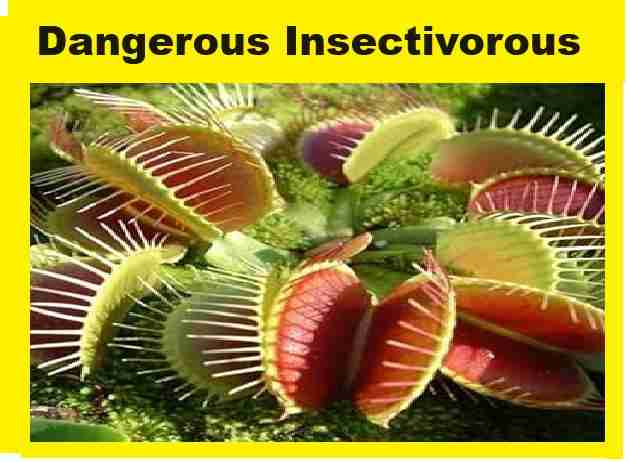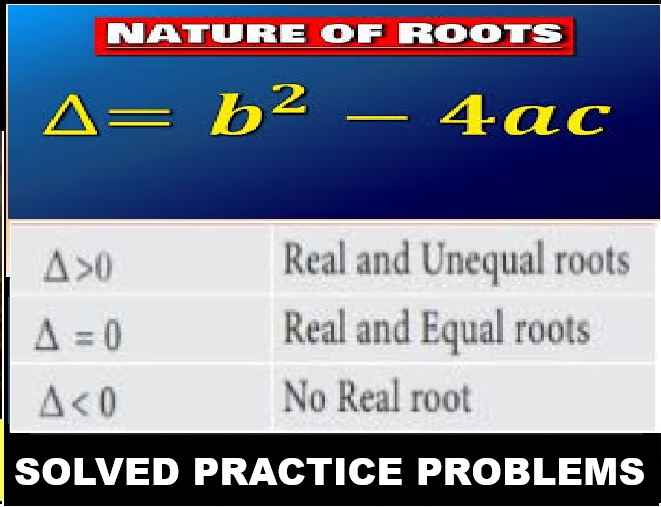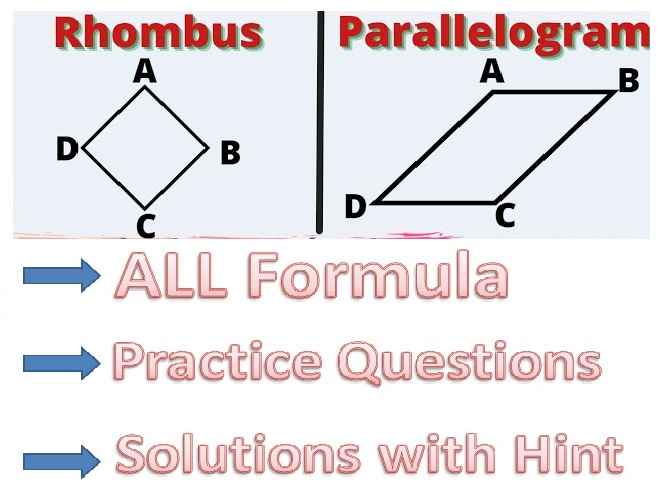Chemical Coordination Descriptive Ans Concise Biology Selina Solutions for ICSE Class 10 Ch-7. In this article you will get the solutions of Descriptive Type Questions as council latest syllabus. Visit official website CISCE for detail information about ICSE Board Class-10 Biology.

Chemical Coordination Descriptive Ans Concise Biology Selina Solutions for ICSE Class 10 Ch-7
| Board | ICSE |
| Subject | Biology |
| Class | 10 |
| Book | Selina Concise |
| Chapter-7 | Chemical Coordination |
| Topics | Solutions of Descriptive Type Questions |
| Session | 2024-25 |
Solutions of Descriptive Type Questions on Chemical Coordination
Que-1: Define the following terms:
(a) Phytohormones
(b) Tropism
(c) Clinostat
(d) Apical dominance
(e) Parthenocarpy
(f) Abscission
(g) Heliotropism
Sol:
(a) Phytohormones — Phytohormones or plant hormones are naturally occurring small organic molecules.
(b) Tropism — Response or orientation of a plant to certain stimulus that acts with greater intensity from one direction to another is called tropism.
(c) Clinostat — Clinostat is a mechanical device that rotates at a slow speed to demonstrate geotropism.
(d) Apical dominance — The phenomenon of the suppression of growth of lateral buds by apical buds is called apical dominance.
(e) Parthenocarpy — Development of fruits without fertilisation is called parthenocarpy.
(f) Abscission — Abscission is the shedding of various parts of a plant such as leaves, buds, flowers and fruits.
(g) Heliotropism — The phenomenon in which the young flower heads follow the sun across the sky as it moves from east to west direction is called heliotropism.
Que-2: List five plant growth hormones and mention one important role of each.
Sol:
- Auxins — Auxins promote the growth of stem, roots and fruits by cell elongation.
- Gibberellins — Gibberellins promote the growth of internodes by cell elongation.
- Cytokinins — Cytokinins stimulate cell division.
- Ethylene — Ethylene helps in ripening of fruits.
- Abscisic acid — Abscisic acid induces dormancy of buds and seeds.
Que-3: Differentiate between:
(a) Thigmotropism and geotropism
(b) Positive and negative tropism
(c) Stimulus and response
(d) Phototropism and chemotropism
Sol:
(a) Difference between thigmotropism and geotropism
| Thigmotropism | Geotropism |
|---|---|
| Directional growth movement of a plant partin response to the touch of an object. | Directional growth movement of a plant part in response to gravity. |
| Example — Plants such as sweet peas, Cuscuta and vines have tendrils which coil around other plants in response to one sided contact or touch. | Example — Growth of roots of plants in downward direction. |
(b) Difference between positive and negative tropism
| Positive tropism | Negative tropism |
|---|---|
| Movement of plant part towards the direction of the stimulus is called positive tropism. | Movement of plant part against the direction of the stimulus is called negative tropism. |
| Example — Shoots show positive phototropism and grow in the direction of sunlight. | Example — Roots show negative phototropism and grow against the direction of sunlight. |
(c) Difference between stimulus and response
| Stimulus | Response |
|---|---|
| Change in the internal or external environment of an organism is called a stimulus. | Resulting action or movement caused by the stimulus is called a response. |
| Example — In phototropism, sunlight is the stimulus. | Example — In phototropism, the bending of the shoot is the response to the stimulus of sunlight. |
(d) Difference between phototropism and chemotropism
| Phototropism | Chemotropism |
|---|---|
| It means the movement in response to the stimulus of light. | It is the phenomenon of growth or movement of a plant part towards the source of nutrients or chemicals. |
| Example — Growth of shoots of plants in upward direction. | Example — Growth of pollen tube towards sugar and peptones of the female gametophyte |
Extra Common Que- What is most dangerous insectivorous plant.
Answer: The Venus flytrap is a flowering plant best known for its carnivorous eating habits. The “trap” is made of two hinged lobes at the end of each leaf. On the inner surfaces of the lobes are hair-like projections called trichomes that cause the lobes to snap shut when prey comes in contact with them
–: End of Chemical Coordination Descriptive Ans Concise Biology Selina Solutions for ICSE Class 10 :–
Please share with your friend if helpful
Return to : Concise Biology for ICSE Class 10 Selina Solutions
Thanks


